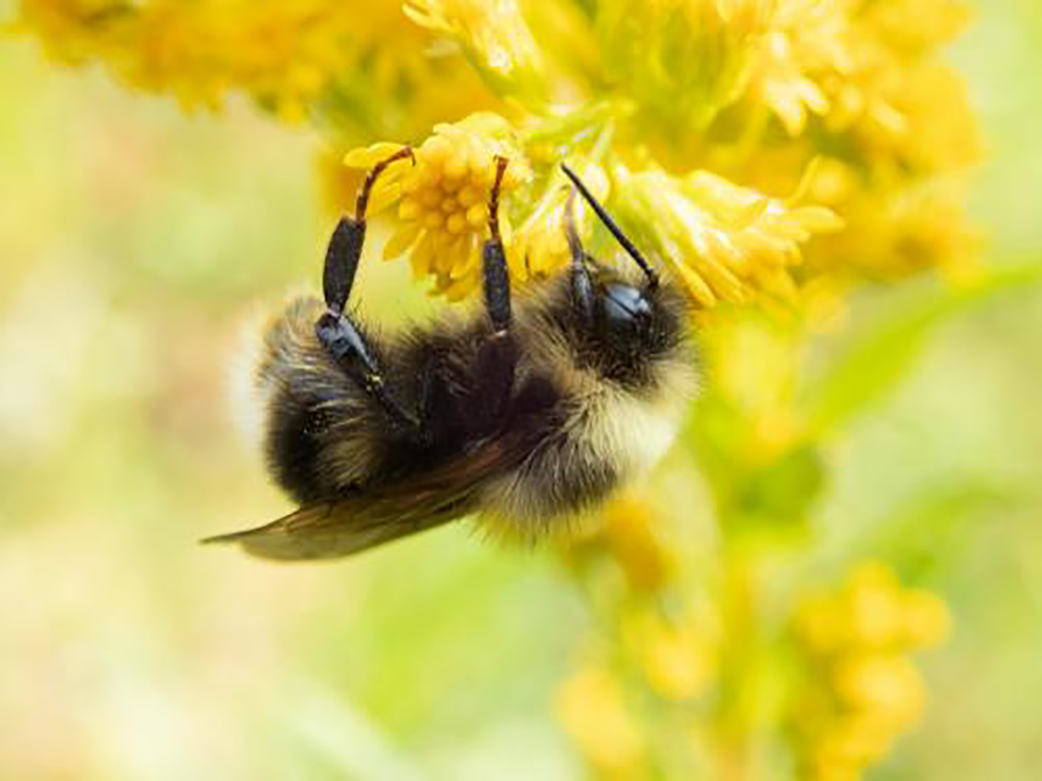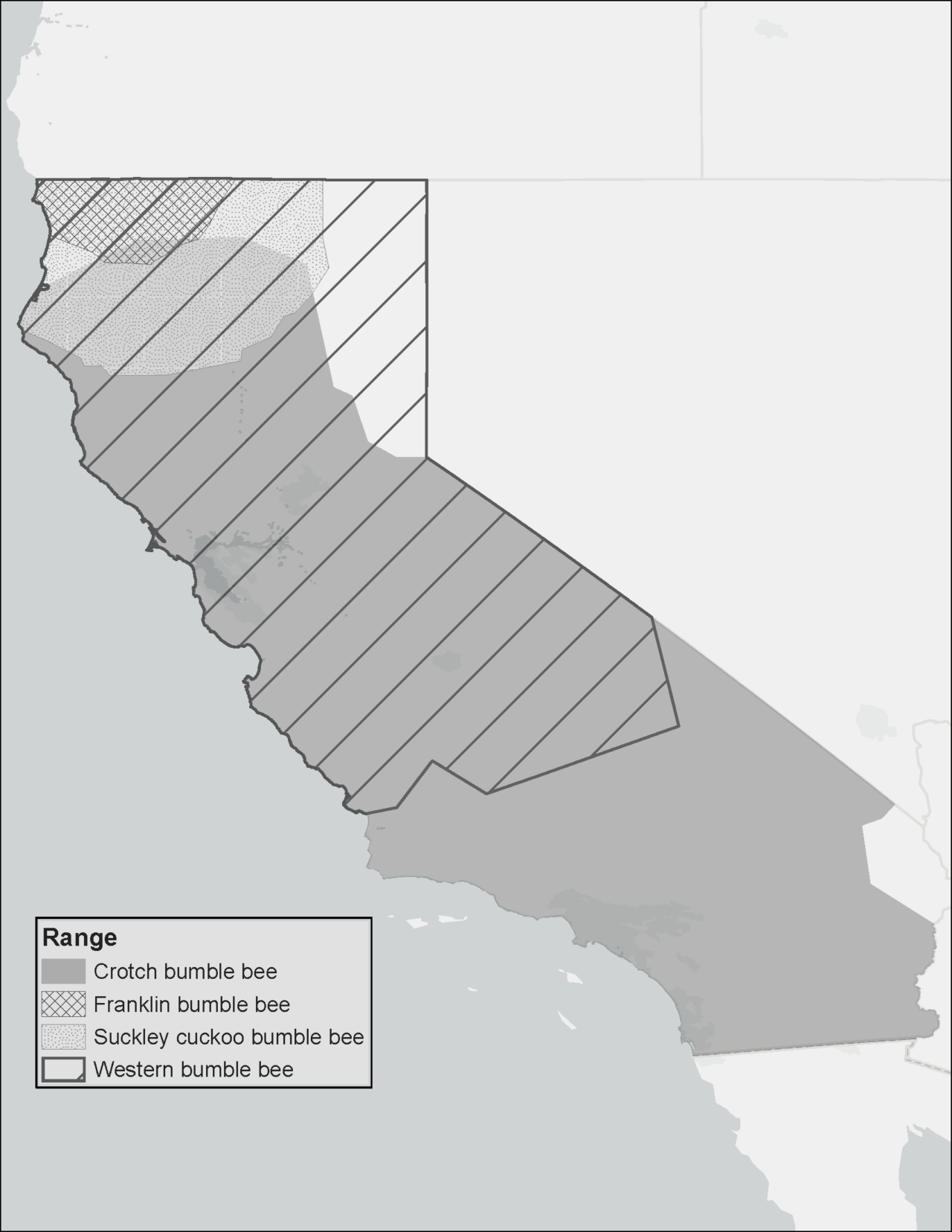2025
Comparably’s Best Company Outlook
* Providing engineering services in these locations through SWCA Environmental Consulting & Engineering, Inc., an affiliate of SWCA.

From the experts we hire, to the clients we partner with, our greatest opportunity for success lies in our ability to bring the best team together for every project.
That’s why:

At SWCA, sustainability means balancing humanity’s social, economic, and environmental needs to provide a healthy planet for future generations.
SWCA employs smart, talented, problem-solvers dedicated to our purpose of preserving natural and cultural resources for tomorrow while enabling projects that benefit people today.

At SWCA, you’re not just an employee. You’re an owner. Everyone you work with has a stake in your success, so your hard work pays off – for the clients, for the company, and for your retirement goals.
What Is a Fish? Bumble Bees Move Closer to Listing under the California Endangered Species Act
Seth has over 15 years of experience with natural resources management and specializes in linear utility projects. He has provided environmental review, permitting, and construction compliance for numerous pipeline projects.

Amanda Glen is SWCA’s natural resources technical director for biological services and provides strategic guidance on permitting and compliance for matters involving protected wildlife, plants, and habitats. Currently managing a national practice, she has more than 25 years of consulting experience with an emphasis on the Endangered Species Act (ESA) and how compliance with the ESA influences other regulatory programs. Her wealth of experience pertaining to endangered species issues includes research, permitting, consultations, status reviews, and conservation planning. Her experience includes negotiating compliance solutions for critically imperiled species facing potential determinations of jeopardy or adverse modification of designated critical habitats. She has led efforts to delist species no longer requiring the protections of the ESA when supported by sound science, and has been involved in voluntary conservation planning to help preclude the need to list species. Amanda frequently presents at regional and national conferences on matters related to the ESA, including new listings, regulatory and policy changes, and trends in compliance strategies.




Western bumble bee, photo by: Xerces Society / Rich Hatfield
In an absurdist twist, the case hinged on the wording of the State’s Fish and Game Code, which defines a fish as “…a wild fish, mollusk, crustacean, invertebrate, amphibian, or part, spawn, or ovum of any of those animals.” The Third Appellate District Court of Appeals has ruled that this language includes bumble bees, leading some to conclude that bumble bees are fish.
No matter where you land on this issue, the four bumble bee species have been reinstated to candidate status under CESA, and the State will evaluate whether they should be listed as endangered.
For both CESA and the federal Endangered Species Act (ESA), the status of candidate is an interim step after a species has been petitioned for listing but is not yet listed. For the ESA, species can languish as candidates for years, or even decades, as candidates without protections. In contrast, under CESA candidate species get all the same protections as those that have been listed while the State completes the information-gathering and regulatory steps before deciding whether to list or not. Incidental take permits can be obtained for projects that would impact candidate species, and these may be needed to move projects forward until a final listing determination is made.
In the big picture, this cracks open the door for CESA protections for more insects and terrestrial invertebrates, like monarch butterfly. Considering the recent increase in awareness of declines in pollinator populations, we can expect that more insects will be petitioned for CESA and ESA listing in the coming years.
For these four bumble bees, the State’s information-gathering and analysis may take up to 12 to 18 months. Barring any new surprises, the bumble bees should be out of candidate status by early 2024, whether the outcome is that some or all are listed as CESA endangered species, or some or all are not listed and the formal protections are removed.
Users of insecticides where these species occur will likely be affected, along with developers of projects that impact bumble bee habitat.

Species ranges for western, Crotch, Suckley cuckoo, and Franklin’s bumble bees (California range only)
Projects within the species’ ranges should consult with a qualified biologist to determine whether suitable habitat is present, and focused surveys of the project area may be needed. If the bees are present, an application for an incidental take permit may be required.
A map of the known ranges of all four species is seen here. Note that Franklin’s bumble bee has not been observed since 2006 and may already be extinct.
If you have questions or need more information, please contact your main SWCA contact.